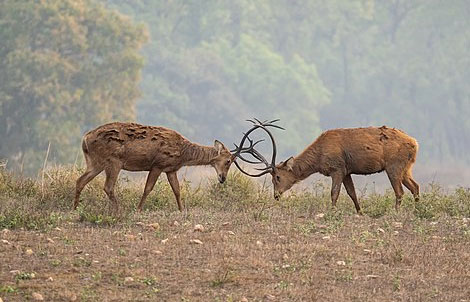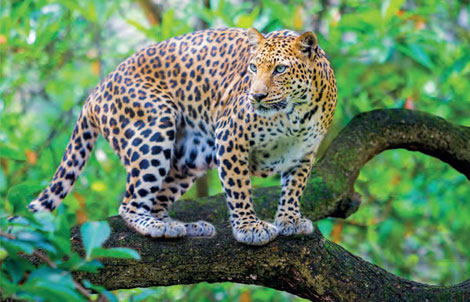
India is home to a diverse array of wildlife due to its varied topography, climate, and ecosystems. The country's wildlife can be broadly categorized into different regions, each with its own unique set of species. Here's a general overview of wildlife distribution in India:
The Himalayan region, spanning states such as Jammu and Kashmir, Himachal Pradesh, and Uttarakhand, is known for species like the snow leopard, Himalayan tahr, red panda, and various species of pheasants.
The Western Ghats, along the western coast of India, are a biodiversity hotspot. This region, spanning states like Maharashtra, Goa, Karnataka, Kerala, and Tamil Nadu, is home to species such as the lion-tailed macaque, Malabar giant squirrel, and various endemic amphibians and reptiles.
Long Sleeves and Pants Wear long sleeves and pants to protect yourself from the sun, insects, and any vegetation that you might come into contact with during the safari. This is particularly important in areas where there is a risk of ticks or other insects.


The Eastern Ghats, running parallel to the Bay of Bengal through states like Odisha, Andhra Pradesh, and Tamil Nadu, are habitat to species like the Indian elephant, Bengal tiger, and several species of deer.
Central India, including states like Madhya Pradesh and Chhattisgarh, is known for its tiger reserves. National parks like Kanha, Bandhavgarh, and Pench are famous for Bengal tigers and diverse flora and fauna.
The arid and semi-arid regions of western India, including Rajasthan and Gujarat, are known for species adapted to desert conditions. The Gir Forest in Gujarat is the last natural habitat of the Asiatic lion.
The plains of northern India are home to a mix of wildlife. The Dudhwa National Park in Uttar Pradesh is known for its swamp deer, and the Sariska Tiger Reserve in Rajasthan is another important conservation area.
The eastern states, including Assam and West Bengal, are rich in biodiversity. Kaziranga National Park in Assam is famous for the Indian one-horned rhinoceros, while the Sundarbans in West Bengal is known for its Bengal tigers.
India's coastal areas, including the Sundarbans, Goa, and Kerala, support a variety of marine and terrestrial wildlife. The Sundarbans is home to the Bengal tiger and saltwater crocodile.
The Andaman and Nicobar Islands in the Bay of Bengal host unique flora and fauna, including the Nicobar megapode, various bird species, and marine life.
Conservation efforts and the establishment of national parks and wildlife sanctuaries play a crucial role in preserving and protecting the diverse wildlife across these regions in India. The distribution of wildlife can be dynamic and is influenced by ecological, climatic, and human-induced factors.